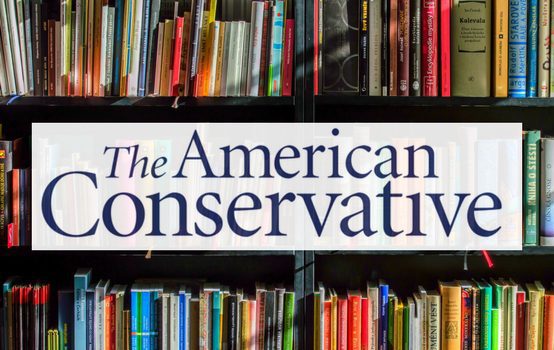TAC Bookshelf: Refuting the Iconoclasts Once and For All

Daniel Larison, TAC senior editor: St Theodore the Studite’s Defence of the Icons: Theology and Philosophy in Ninth-Century Byzantium is Torstein Theodor Tollefsen’s study of St. Theodore’s refutations of the iconoclasts. It’s a very well-argued, concise exploration of an important subject in Byzantine intellectual and religious history.
It was fortuitous that my copy happened to arrive during Orthodox Holy Week, and St. Theodore’s arguments in support of icons and icon veneration made for very suitable reading as we were contemplating and remembering the Lord’s Passion, Death, and Resurrection. Icons are a way for Christians to contemplate and remember both the miracles and the sufferings of Jesus Christ, and St. Theodore’s defense of them relies on fully acknowledging and affirming both His humanity and divinity. After all, it is through the Incarnation that it becomes possible to depict the God-man, and the depiction in images allows Christ’s followers to affirm the truth of the Incarnation. Modern Christians are probably more familiar with St. John of Damascus’ treatises in defense of holy images, but St. Theodore is no less important for understanding the intellectual underpinnings of the ultimate victory over iconoclasm.
Tollefsen takes iconoclastic arguments seriously, and he emphasizes that St. Theodore also took them seriously even as he was rejecting them. The core of the theological disagreement between the two sides was over the question of how images related to their prototypes. For example, the iconoclastic emperor Constantine V assumed that the relationship between an image of Christ and Christ had to be the same as the relationship between the Father and the Son. Iconoclasts failed to distinguish between theology (those things that pertain to the inner life of the Holy Trinity) and the divine economy (the works of God in creation), so they could not accept that a true image of the Incarnate Word was possible. While they claimed to accept the teachings of the Church about the Incarnation, iconoclasts failed to understand the full implications of it.
Tollefsen does a fine job of showing how St. Theodore used Aristotelian logic and arguments drawn from patristic tradition to counter these iconoclastic claims, and he carefully works through each of the three refutations to explain how St. Theodore made the case that the icon is a true image of Christ and why it was so important that icon veneration be upheld as a practice in the Orthodox Church. This is a slim volume, but the text is very rich and edifying. Anyone interested in the history of Byzantine theology and philosophy will find it very rewarding.
Scott Beauchamp, TAC contributor: For the better part of a month, I’ve been reacquainting myself with T.S. Eliot, someone I haven’t read seriously in years. I usually read his poetry in the morning, in the Harcourt Brace Ivonovich Collected Poems 1909 – 1962 Centenary Edition. What I’ve found, to my delight, is that his early work feels much less opaque to me now than when I first read it. That’s probably because I’ve read the French symbolists in the meantime, which gives Eliot’s occult imagery a context and lexicon. It probably also helps to know how Eliot thought a symbol functions, which isn’t so much in the Yeatsian sense of language, having acquired a diffuse aura of associations with the physical world through use over time, but of language lifted from literature and sacred texts, which is haunted by the ghost of its original context in ways that challenge easy understanding. A subtle difference, but an important one, the result of which isn’t some epiphanic moment achieved in a frenzy of mysticism, but a confirmation of the truly ineffable nature of reality.
In the evenings, I read Eliot criticism, both his own and about him. Irish writer and scholar Denis Donoghue’s Words Alone, a kind of autobiographical work describing the author’s rich and complicated relationship with Eliot’s oeuvre, is one of the best works of criticism I’ve read in years. It’s one of those books whose value is impossible to summarize in just a few sentences. Suffice to say that when I was about halfway through, I ordered three more of his books.
Just to give you an example of the way Donoghue writes, here’s his fascinating explanation for why American writing always seems genre-defying while British writing seems genre-perfecting:
If English literature is preoccupied with relations between person, place, and time, it acts by a corresponding syntax of prescribed relations. The first result is that the chief function of one word is to lead the mind to the next. No detail in Middlemarch is as important as the entire network of relations, word by word, sentence by sentence; the reader’s mind is not encouraged to sink into the recesses of a word, but to move forward until the prescribed affiliations are complete. …But the modern revolution in…American poems…depends on a different sense of life and syntax. …The relations that the words of an American poem enact are not prescribed or predictive but experimental. Around each word is a space or a void in which nothing is anticipated, nothing enforced. Every relation must be invented, as if the world had just begun.
How can you resist?